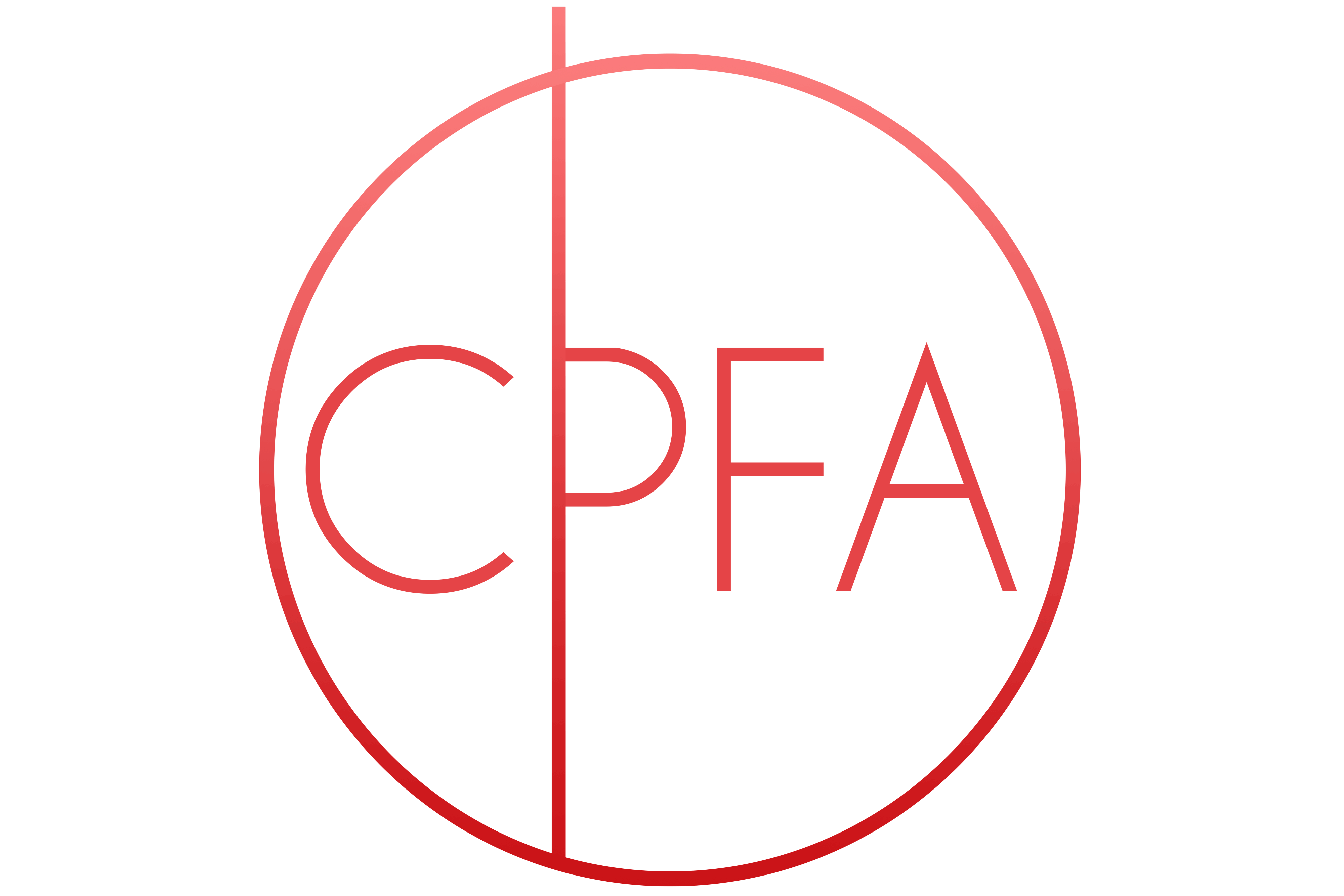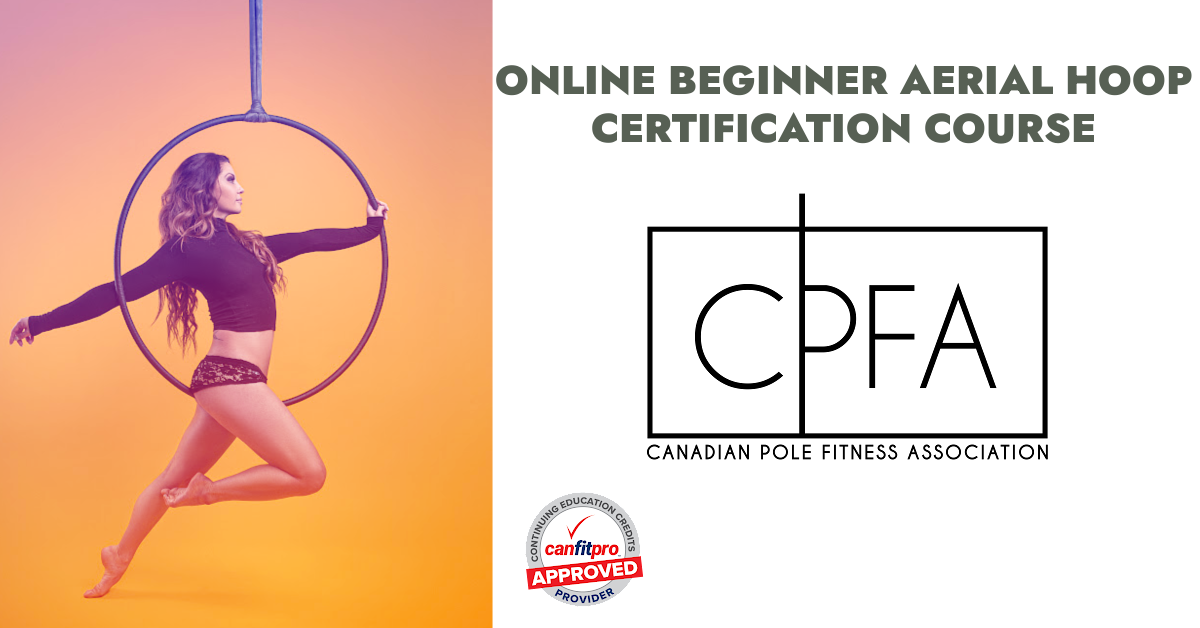Understanding the “Level” System
Most sports have a level type of system through which athletes learn, advance, and eventually compete. The CPFA has this type of system for pole fitness competitions: amateur, semi-professional, and professional.
If we take a sports analogy, using American football as an example, most athletes will begin competitive football at the high school level, for the use of this analogy we will equate high school to the “amateur” category. We can agree that athletes at the high school level have had some exposure to the sport, though most not in an elite level environment. Within this high school or “amateur” level there is wide range of skill level. Some athletes grew up with parents who played football with them in the yard as soon as they could walk. They are likely surrounded by many people who develop their skill in the sport though they have never really “competed.” On the very same high school team you will have athletes who are new to the sport of football that have much to learn, but are still on the same high school team. What is common to all these athletes is NOT the skill level, but instead their lack of exposure to competition-type situations.
The next step on from high school or amateur level football would be collegiate or university level (for our example the semi-professional division). These athletes start in this division as the best of their high school teams. Most athletes spend 4 to 5 years at the collegiate or “semi-pro” level continuing to develop their skills and gain the experience to produce consistent, high level results under the pressure of intense competition. It is expected that athletes will work for 3+ years at this level before even being considered for a professional level team. While the skill level or composure of these athletes may border on pro level, there is still development needed be had and staying within this level until such things are developed is not only desired, but expected. Again in this level, even though these athletes are the best of their high school team (or pole studio) does not mean they can compete with the best in the world.
The next level is the professional division, in American football this would be NFL. In Canadian hockey, this would be the NHL. Athletes in this division have been drafted, selected, scouted and tagged as some of the best athletes in the world in this sport. There are very few that step into pro level sports and have an exceptional rookie year. Most take a year to two an often float between the semi-pro and pro divisions until their results are consistent, exceptional, and can stand up to the competition of world-class athletes. It is not their skill level alone that brings them to the pro level, but instead, their emotional maturity, and understanding of the demands, requirements, and expectations of the sport at a pro level, and an ability to consistently perform at the top of the sport against others.
So as it is with the sport of pole, it is not skill level alone that dictates the division an athlete should be in. Within each division or level, there is still a wide range of ability, talent, maturity and consistency.

